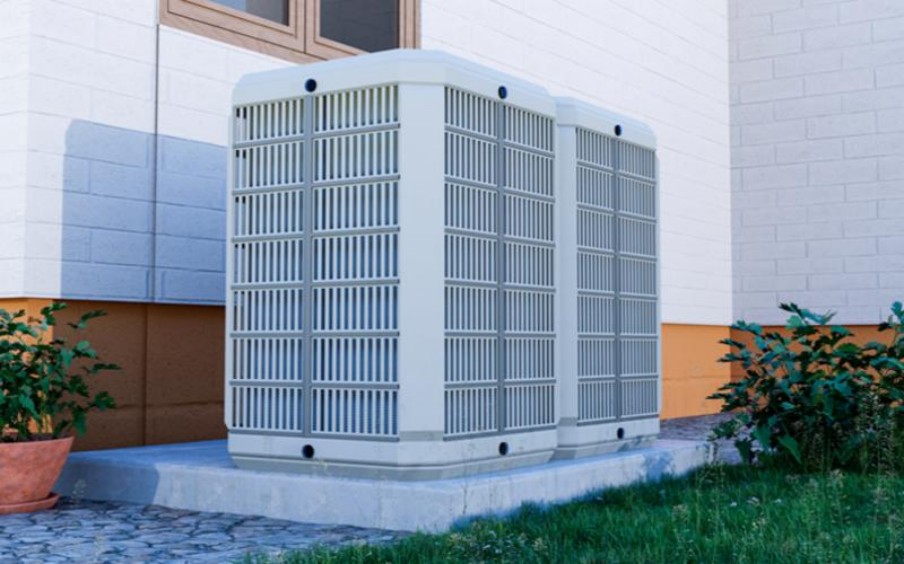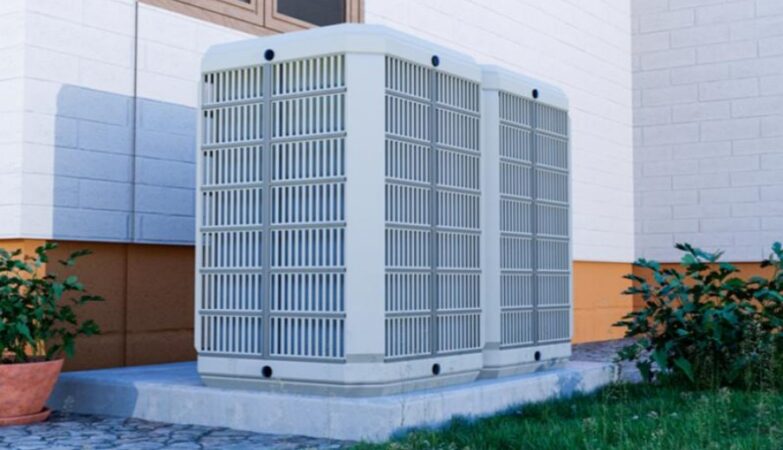In the world of data and servers, heat is the silent troublemaker. Every processor, switch, and rack contributes to the rising temperature. When the air gets too warm, performance takes a hit, and downtime becomes a risk. That’s where cooling systems come into play. But between CRAC and CRAH, which one should you trust to keep your equipment chill and efficient?
Understanding the Basics
A computer room air conditioning system is designed to control both temperature and humidity. It’s a precision unit tailored for environments filled with heat-emitting electronics. Unlike standard air conditioners, these units keep a steady climate round the clock. They use refrigerant-based cooling, making them reliable for smaller data centres or individual server rooms that require consistent performance.
CRAH, short for Computer Room Air Handler, operates differently. Instead of using refrigerant, it circulates chilled water from an external chiller. The air passes over coils filled with this water, cooling it before distribution. This setup suits larger facilities where efficiency scales with size and where integrating a fan wall unit can further enhance even air distribution across multiple racks.
Cooling Mechanisms That Make the Difference
The computer room air conditioning system works much like traditional air conditioners, with compressors, evaporators, and condensers. It cools the air directly before releasing it into the room. Because the temperature and humidity are tightly regulated, it’s ideal for compact server rooms that demand precision control.
CRAH, on the other hand, focuses on leveraging building-wide chilled water systems. It draws heat from the air and transfers it to water, which is then cooled elsewhere. This system uses fans and coils to maintain steady airflow, making it energy-efficient when combined with variable-speed technology. In many modern facilities, a fan wall unit is added to improve airflow balance, reduce pressure drops, and increase redundancy within cooling zones.
Energy Efficiency and Operating Costs
Running costs play a major role when selecting a system. A computer room air conditioning setup can be easier to install and maintain but may consume more energy due to its compressor-driven process. Its straightforward design makes it dependable, yet less efficient in large-scale operations.
CRAH tends to be more energy-efficient in extensive data facilities where chilled water is already part of the infrastructure. The shared cooling resource helps distribute the load, reducing electricity consumption. However, initial setup costs can be higher since it requires integration with external chillers and piping systems.
Maintenance and Longevity
Maintenance needs vary between the two. Computer room air conditioning usually requires refrigerant checks, coil cleaning, and routine inspections of compressors. The maintenance is relatively simple but must be consistent to prevent performance dips.
CRAH systems involve water treatment, pump maintenance, and monitoring of the chilled water circuit. The tasks can be more technical, often requiring facility engineers familiar with hydronic systems. When maintained well, these systems can last long and perform steadily under heavy loads.
Scalability and Application
Choosing between the two depends on your setup. Smaller businesses with limited server space often find computer room air conditioning units more practical. They are self-contained, easy to install, and provide precise control. It’s a straightforward plug-and-play option for IT environments with moderate cooling needs.
Larger data centres tend to favour CRAH systems for their scalability. They can connect multiple units to a single chilled water loop, balancing loads and improving energy use. This makes them ideal for facilities that handle massive data volumes and require cooling redundancy.
Environmental Considerations
Modern facilities are moving towards sustainable operations, and cooling systems are no exception. The refrigerants used in computer room air conditioning units have evolved to reduce environmental impact, but they still rely on chemical compounds. CRAH, with its water-based process, often integrates better into green building systems, especially when paired with renewable energy sources.
However, each system can be optimised for lower emissions. Energy-efficient fans, adaptive controls, and precise monitoring all contribute to greener performance. The choice depends on balancing environmental goals with operational demands.
Making the Right Choice
If your operation is small and you need straightforward temperature management, a computer room air conditioning system is the safer bet. It delivers precision, minimal installation effort, and dependable operation. But if your data centre is expansive, with existing chilled water infrastructure, CRAH may be the smarter choice for energy savings and scalability.
Both systems have their strengths, and neither is one-size-fits-all. Your decision should weigh factors such as facility size, energy goals, and maintenance capabilities. Contact Canatec to find the perfect cooling solution tailored to your server room’s needs.








